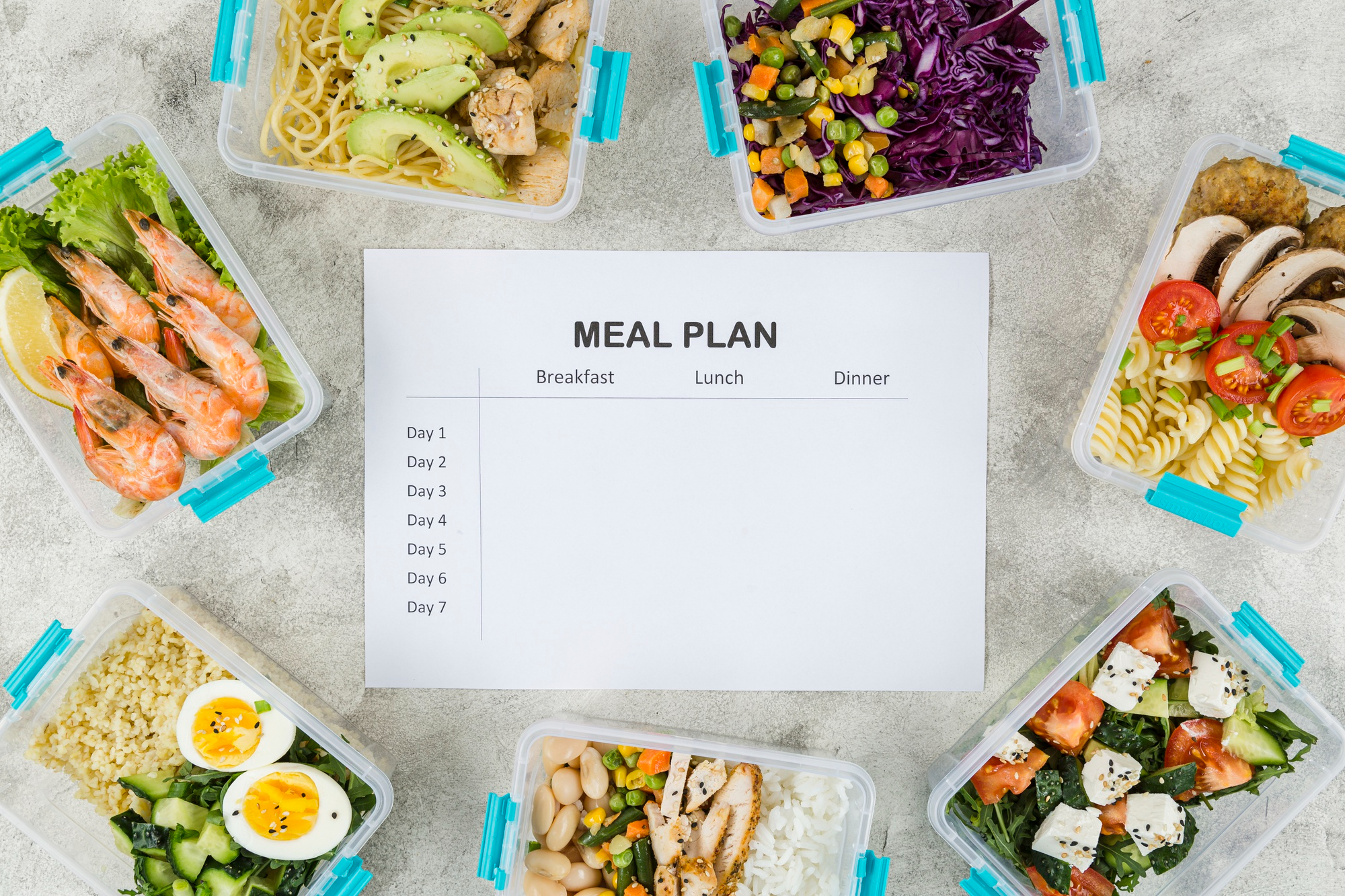
How Often do you need to hit the Gym to Gain Muscle?
When it comes to gaining muscle, the age-old question arises: How often do you need to hit the gym? The good news for those who feel crunched for time is that you don’t need to spend hours in the gym every day to see significant results. In fact, most people would see a the majority of the benefits of lifting weights by doing just 30 minutes, two times per week. Let’s break down why that is and how you can structure your workout to maximize gains.
The Science Behind Muscle Growth
Muscle growth, also known as hypertrophy, occurs when muscle fibers are stressed beyond their usual capacity, causing them to adapt and grow stronger and larger over time. This stress is typically introduced through resistance training, such as lifting weights. To maximize muscle growth, your workout should include:
- Progressive overload: Continuously challenging muscles by gradually increasing the weight, reps, or intensity.
- Proper recovery: Allowing time for muscles to repair and grow between sessions.
- Sufficient volume: Performing an adequate number of sets and repetitions per muscle group.
Is 30 Minutes, Twice Per Week Enough?
If you have never lifted weights with any kind of consistency then 30 minutes, twice a week will serve you well for a long time. Here’s why this approach works for most people:
Diminishing Returns
When it comes to muscle growth, more isn’t always better. After a certain point, the additional benefits from longer or more frequent workouts become marginal. The first few sessions of resistance training often yield the most significant results, especially for beginners. So, while lifting more frequently can further enhance muscle growth, the majority of the gains can be achieved with less time investment.
Maximizing Efficiency
In two 30-minute sessions, you can work most of the major muscle groups using compound exercises—movements that target multiple muscle groups at once, like squats, deadlifts, bench presses, and rows. This helps to optimize your time by providing a full-body workout without needing to spend hours in the gym.
Proper Recovery
Muscles need time to repair and grow after being worked. For most people, a few days of rest between sessions allows sufficient recovery, ensuring that you're ready to perform at your best the next time you hit the weights.
Full-Body Workouts: Focusing on Large Muscle Groups
To make the most of your time in the gym, it’s essential to prioritize exercises that work the body’s largest muscle groups—these include the legs, back, and chest. By targeting these areas, you’ll stimulate the most muscle growth and strength gains.
For a balanced approach, consider incorporating compound exercises that engage multiple muscle groups at once. These exercises are especially effective for full-body workouts, as they build overall strength and endurance. Movements like squats, deadlifts, bench presses, and rows are staples in any muscle-building routine because they recruit several muscles simultaneously, maximizing your workout efficiency.
Additionally, here are some general tips for structuring a full-body workout:
- Work the big muscles first: Exercises like squats, deadlifts, and bench presses require a lot of energy and should be done early in your workout when you’re freshest.
- Use free weights where possible: The compound exercises suggested above all typically use free weights. An added benefit of free weights is they recruit a lot more supporting muscles than machines, so you don't need to find extra time to hit those muscles specifically.
- Use progressive overload: Aim to increase the weight or number of reps gradually over time. This ensures that your muscles continue to be challenged and grow.
- Vary your exercises: While consistency is key, occasionally switching up your movements can help prevent plateaus and target your muscles from different angles.
- Give each muscle group time to recover: After each workout, make sure to allow at least 48 hours of rest for the muscle groups you’ve worked before training them again.
Who Benefits the Most from This Approach?
This minimalist approach to weightlifting is particularly beneficial for:
- Beginners: Those new to weightlifting will see substantial gains early on with minimal effort due to the body’s rapid adaptation.
- Time-crunched individuals: For people with busy schedules, this type of workout is efficient and still yields significant results.
- Those maintaining strength: If your goal is to maintain the muscle you already have rather than focus solely on building, two 30-minute sessions will be enough to keep your body strong and functional.
Can You Gain More by Doing More?
Of course, doing more than 30 minutes, two times per week can offer additional benefits, particularly for those seeking advanced levels of muscle growth or strength. Competitive athletes or bodybuilders will often train more frequently to push their bodies to the limit. However, the returns from additional time spent training may not be as significant for most people, especially if you’re not looking to reach elite levels of muscle development.
Conclusion: Train Smarter, Not Longer
For the majority of the population, lifting weights for 30 minutes, twice per week is enough to provide the majority of the muscle-building benefits. By focusing on compound exercises and allowing sufficient recovery between sessions, you can make the most of your time in the gym while still seeing significant improvements in muscle mass and strength. If you’re looking to gain muscle but are tight on time, this is a highly effective and sustainable approach.
So remember: when it comes to weightlifting, consistency and quality matter more than the sheer amount of time spent training.

Why I Created "Plan Our Meals": A Meal Planning Website for Couples and Families
by James AndersonWhen I set out to create "Plan Our Meals," my goal was to design a meal planning website that would make life easier and healthier for couples and families. As someone who has experienced the challenges of meal planning firsthand, I...
Read More
How to Lose Weight with Plan Our Meals
by James AndersonLosing weight is simple in theory. All you really need to do is eat less calories than your body requires. Achieving that is easier said than done. Here's how to make it easy.
Read More
How to get the most out of Plan Our Meals
by James AndersonHere are five steps to help you get the most out of Plan Our Meals
Read More